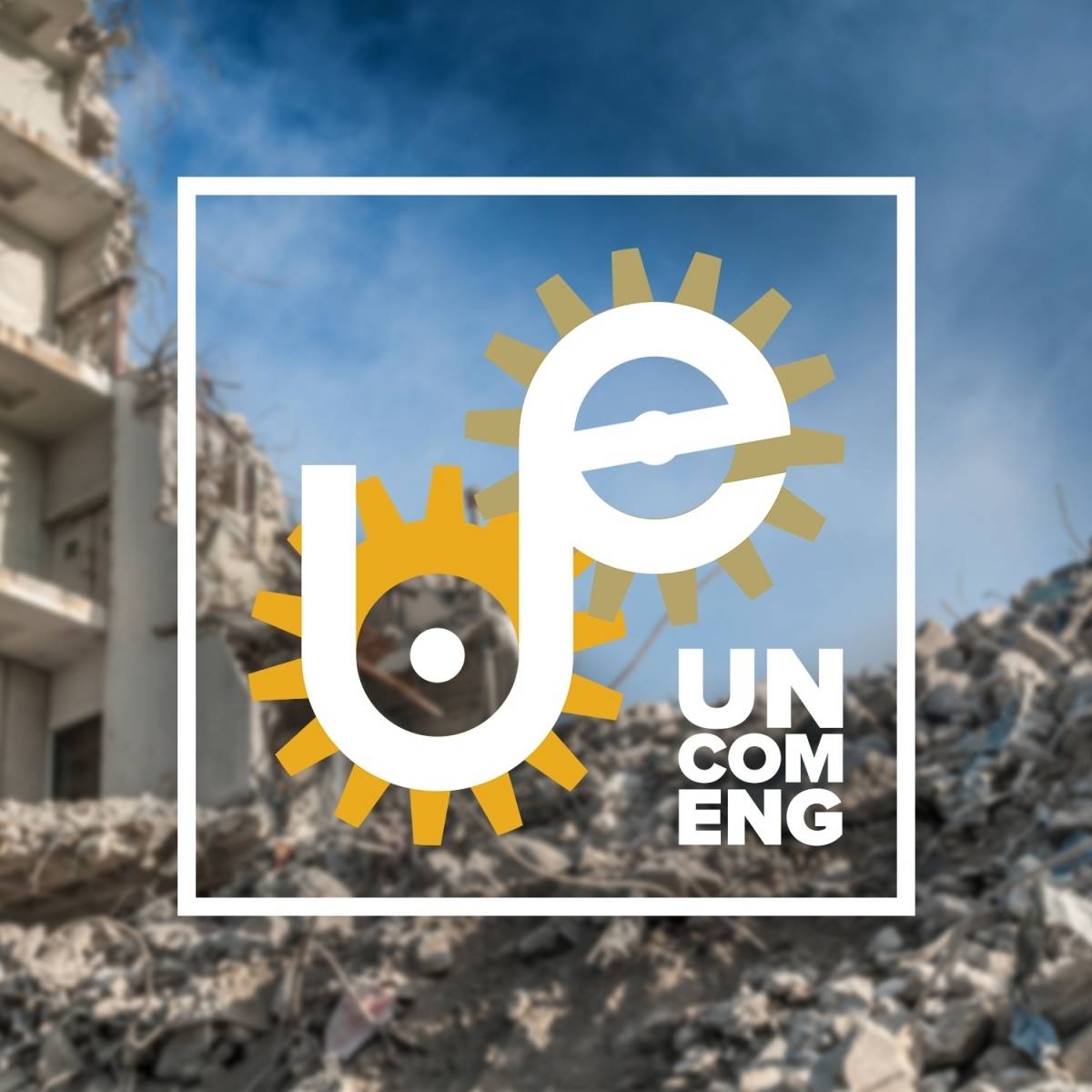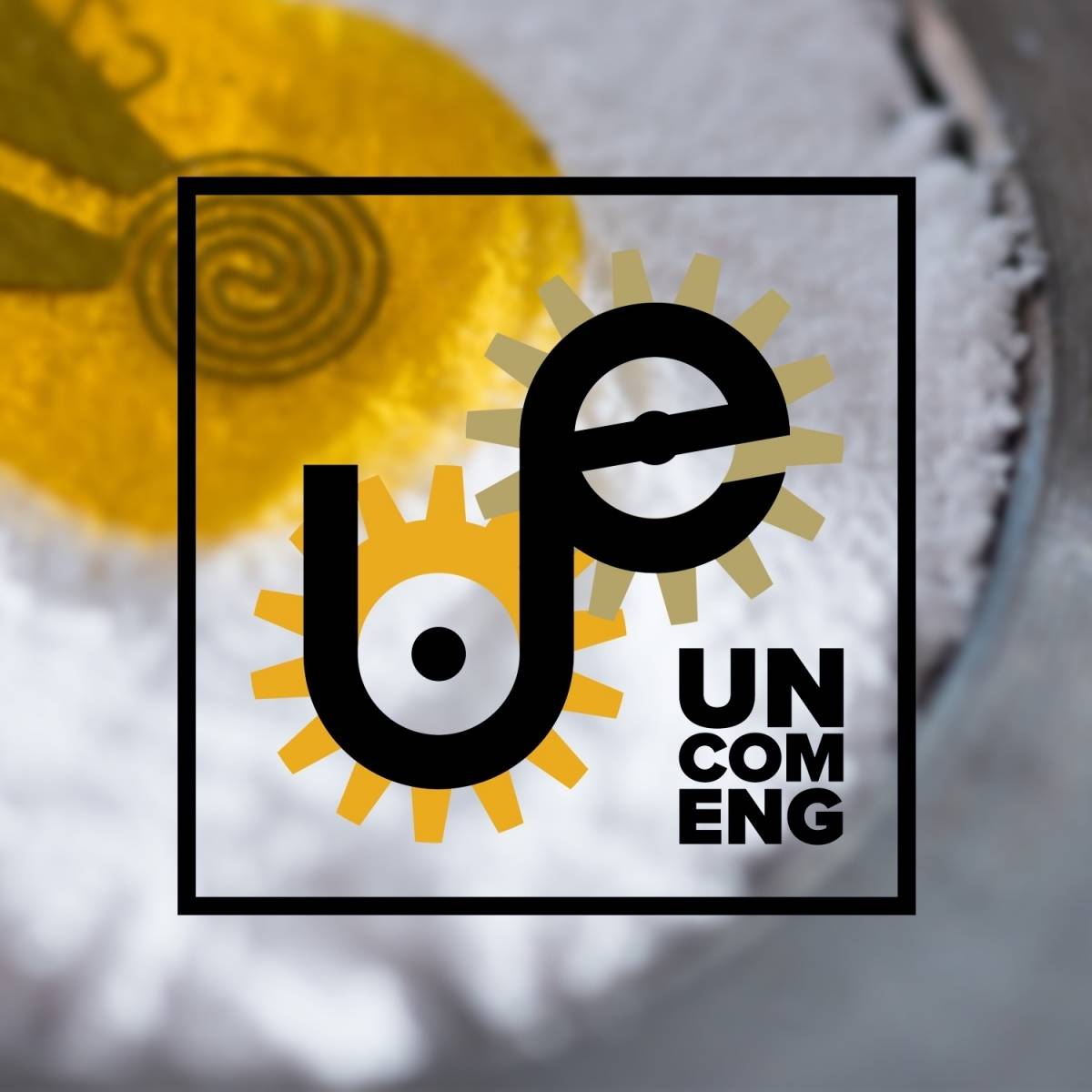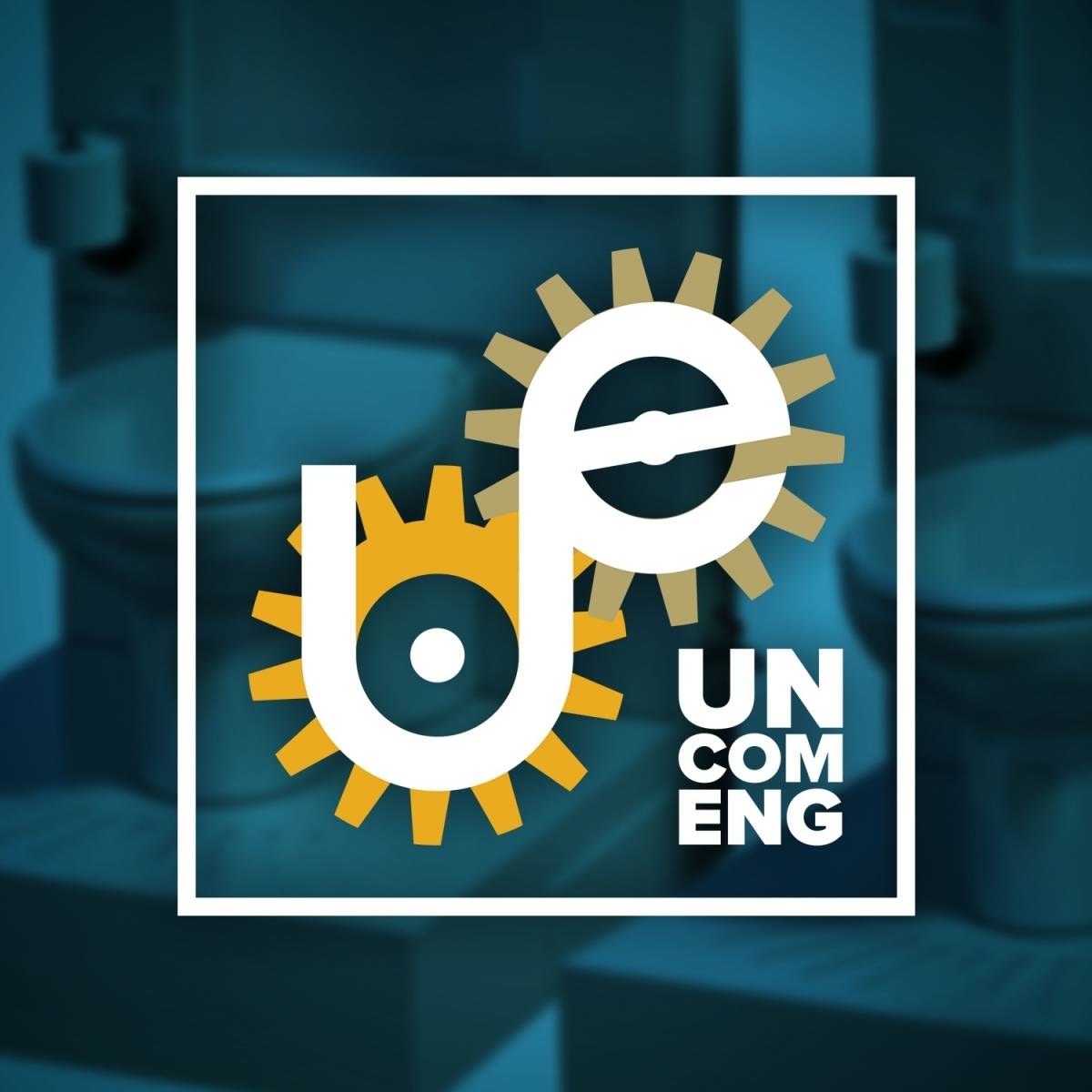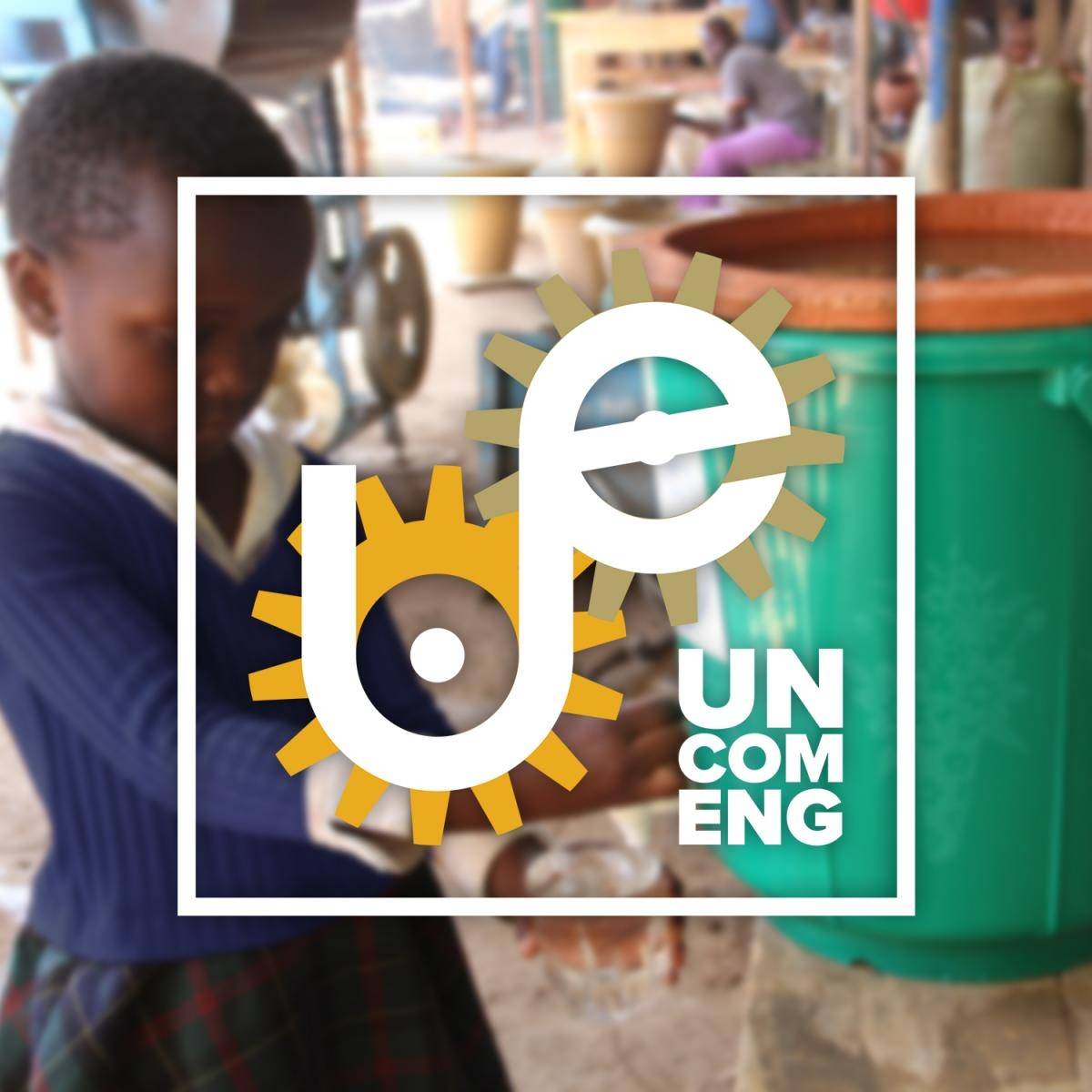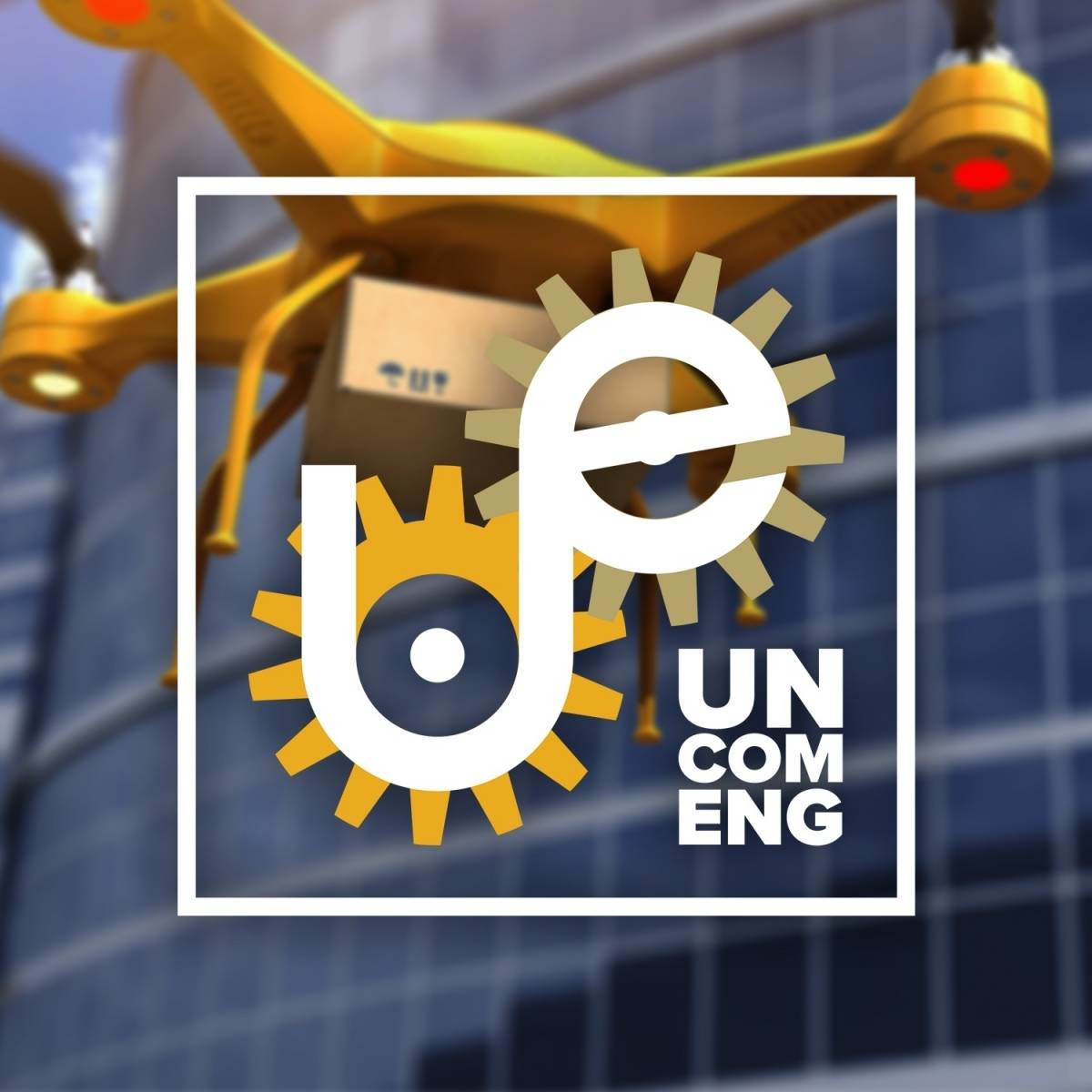Steve W. McLaughlin
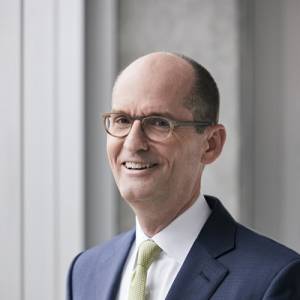
Lauren Stewart

Audio
Audio & Captions
Transcript
[steam whistle]
[applause]
[“Ramblin’ Wreck from Georgia Tech”]
>> I'm Steve McLaughlin, dean of the Georgia Tech College of Engineering, and this is The Uncommon Engineer.
[“Ramblin’ Wreck from Georgia Tech”]
Recording: We’re just absolutely pleased as punk to have you with us. Please say a few words.
[applause]
[music, sound effects]
Recording: With sudden impact… [echoing]
Steve McLaughlin: Last year in Atlanta, the Georgia Dome was demolished to make room for a new NFL stadium for the Atlanta Falcons. Merely destroying a massive structure with explosives is not as easy as it sounds. A safe and effective demolition requires real engineering knowhow.
Welcome to another episode of The Uncommon Engineer podcast. I'm Steve McLaughlin, dean of the Georgia Tech College of Engineering. The Uncommon Engineer discusses how Georgia Tech engineers make a difference in our world, in our daily lives, and in ways that we might not expect.
Our guest today is Dr. Lauren Stewart. She's a professor in the School of Civil and Environmental Engineering and director of the Structural Engineering and Materials Laboratory and one of the leading experts on blast engineering in the country. Welcome to the program, Lauren.
Dr. Stewart: Thank you.
Steve McLaughlin: So you're one of the leading experts on how high-impact projectiles affect structures. So when things—a projectile bangs into something else, you're an expert in that area. I mean, that's just so, so cool. Can you talk about blast engineering and how did you how did you get started in that area?
Dr. Stewart: Yeah, I was I think it's cool as well, so yeah. Blast engineering can really mean a bunch of different things. It can mean you're using explosives to do mining. It can also mean you're using explosives to make buildings—demolish buildings or different structures.
In my case, I started with using explosives and trying to understand what happens to infrastructure for counterterrorism kind of mitigation strategies, so I'm really after 9/11, big push. And after Oklahoma City, there was a big push in trying to understand the mechanics of what goes on during these explosive events so that we can make people safer.
Steve McLaughlin: You know, for folks that are listening from, you know, from the Atlanta area, you know, we all went through, got to see the Georgia Dome, the implosion of the Georgia Dome. And I think as an engineer, when I see that, I kind of appreciate how precise and detailed and technical that is. But I'm not sure, you know, the public just sees, hey, isn’t that cool? Just you know. So you talk like about the technical aspects and the science and what it takes to really do that in a safe and safe way.
Dr. Stewart: Yeah. So I was actually really lucky, because getting to be a Georgia Tech faculty, I was really, really close to seeing that implosion right up there. And what maybe people don't understand is the amount of preparation and analysis that goes into dealing with one of these really large demolitions. You don't want to put so much explosive that the whole building creates fragments and hits the new Mercedes Benz Stadium that's next door. So it has to be the right amount of explosive in the right location to remove certain elements so things fall just perfectly.
And we look at everything. So you look at the dust cloud, because you don't want to create issues with that. So all of that is carefully orchestrated. Sometimes it goes very well and sometimes it doesn't, because our analysis tools aren't perfect, but the people doing the analysis try to do the best they can.
Steve McLaughlin: Those of us in Atlanta saw what happened on I-85. In fact, I think the whole world saw that fire on I-85 that closed down. I don't know how much it relates to the work that you do, but, you know, this terrible fire very, very quickly, you know, shut down this highway, and they were saying we're going to shut down the highway for like a year or a year and a half or two years at least. It was determined that—I was convinced that that was going to happen and yet… How can—if—if it is your area, can you talk through, you know, what, like in that scenario, where I think so many people are familiar with what took place and it was literally six months later or even less that that was up and running. And so that tells me there's some smart engineers out there that can really, really do things.
Dr. Stewart: Yeah. So for that particular case, I think it was smart engineers, as well as really motivated contractors. But it was amazing how fast they were able to get the bridge up and everybody back on it.
But I think a lot of the choices that were made were put on the contractor, which is typically what happens. So this is people that are doing—maybe have a degree in construction engineering, for example. And really, they use techniques to accelerate that construction process that really, really helped.
And then the engineers had to check to make sure that all of the materials and everything going in still met the general standard. But I think everybody was very happy that they opened that bridge relatively quickly—amazingly quickly, actually so. But yeah.
That's an example of when everybody's motivated for one goal towards one mission, that things can get done if they really need to and that was one of those cases that happened. Move the ball a little bit further.
Steve McLaughlin: Well, well, one of the things you talked about was 9/11, you know, these unbelievably catastrophic events.
And so kind of, you know, behind that is this idea that, you know, well, some of the—I don't say we can prevent some of those things, but we can prevent or mitigate the effects of some of these really catastrophic events. But obviously, some of that is just plain cost. So you know, understanding, you know, we could maybe—maybe some of the buildings that are now built with that in mind can only do so much. Or if we chose to throw an enormous amount of money at, we could do even more. And so does your work involve that aspect? It all seems like there's some really clear tradeoffs between mitigating the effects of these terrible, terrible incidences versus the cost and how's that—Where does that stand today? How much are people thinking about that? How much does that impact your research?
Dr. Stewart: Yeah, I think for the counterterrorism point of view, we can do a lot if we all lived in bunkers, right? You would feel relatively safe if you went home and lived in a bunker or went to work in a bunker. But that's cost-prohibitive and the quality of our lives, if we had no windows and we're all living in big concrete boxes, is obviously something that most people just aren't willing to tolerate that level of protection.
And so it's a tradeoff between whatever your acceptable level of risk is and what you're willing to pay. And that really becomes deciding where to focus where we do protective design. So this would mean focusing on things that maybe would be higher targets. Like the chances of your home being attacked by some kind of explosive event is very, very small. The chances of an iconic structure in the US is probably much larger, so we would focus our energy on trying to do protective design there.
So it's a definite tradeoff between quality of life, cost, and just overall acceptable level of risk. Even for a natural hazard, we can't protect against everything. So we do the best we can with the resources we can and try to make informed decisions.
Steve McLaughlin: Now, your work is really about making the public more safe, our homes more safe, our schools more safe. Can you say a little bit more about that technically or what that means to you personally and how much that inspires the work that you do?
Dr. Stewart: Yes. I think that probably what a lot of people don't realize is the amount of time and effort that we're all putting in, so that everybody can live their normal day-to-day lives, so we can take our kids to school safely, so that we can go to Disneyland safely, all of those things. And the reason why on the day-to-day that we're able to live the way that we live is because there's a lot of… not just engineers—There’s a lot of people and technical experts and all different and responders that are, you know, contributing to making infrastructure and physical security safe.
And so for me, a lot of the times when I go to when—I drive on a bridge or I go to the airport, I immediately recognize what stuff is there and what is keeping us safe. And they're probably things that most people don't even realize are there, but maybe that's what makes it the coolest part is because we've been able to do it in such a way that everybody else can keep on doing what they're doing while we've come up with really cool solutions so that we all can live a safe day-to-day life.
Steve McLaughlin: Can you give an example of… I mean, you know, of a thing that we see all the time but that we don't necessarily understand its role in keeping us safe?
Dr. Stewart: Sure. So whenever you go to certain federal buildings, airports, you'll sometimes see these really large planters, for example, or you'll see these really large concrete benches. So to most people, those are just really pretty planners or a place for you to sit down. But actually, those things have been carefully, carefully designed so that trucks can't ram them, so that trucks can't get close to structures. Even little details, in terms of as simple as a planter had careful engineering that went, that was there so that vehicles can't get close to structures so that you don't have bombs going off and buildings collapsing.
So even little things that you walk by probably every day have been designed to keep all of us safe.
Steve McLaughlin: Where is blast engineering headed? If we're to look out 10 or 15 or 20 years, what are the kinds of things that that people are thinking about.
Dr. Stewart: Yeah. So I can—on my side, in terms of what I do my research in, I think I'm always looking for new ways to simulate environment so we can learn more about the structure or more about the component.
So in order to do a blast test now or to do a test for the Air Force, you have to actually go and blow up things. You have to go into the desert and you have to blow up things, and it takes a lot to actually do the learning. One of the things we're doing at Georgia Tech is trying to make it so that we can simulate those same environments in the laboratory for cheaper so that we can push technology forward. So as we push technology forward, this can mean we're developing very high-strength protective materials that are lightweight so that we can start to protect the collective infrastructure as a whole for different events and really just getting to the point where the materials and understanding the mechanics so that we can make more scenarios safer for a cheaper cost while also always chasing the next threat, the next threat because that's always going to come. So on that side then we're constantly trying to evolve on that side as well, to try to come up with defeat devices and things for whatever else is thrown at us.
Steve McLaughlin: Well, I understand your blast simulator is only one of a couple in the entire world of its kind. Can you talk a little bit about—paint a picture of what a blast simulator is and what it can do?
Dr. Stewart: Yeah, so we're really trying to create a blast environment so that one that involves actual explosives with a fireball in the laboratory. So the way that we do this is with hydraulics. So we use… You can think of it as a really large and incredibly fast piston that's all computer-controlled that we control all of the inflow and outflow of oil into the back of the piston, and we drive the piston forward to whatever we're hitting. So this can be a concrete wall. It can be a steel column, whatever infrastructure or different type of component that we're looking at. The idea is that we can push this piston forward and we can load the structure so we can load whatever we're hitting with a mass and then we can pull back very quickly. So this means that we're loading and unloading in the laboratory with the same force and energy that they saw in Oklahoma City.
So we're doing all of this in the laboratory really, really quickly. All of this happens in less than about 5 milliseconds, so faster than your eye can refresh. So we're dumping a huge amount of energy with hydraulics very quickly onto structures, and that gives us the same force time history that you would see in an actual explosive event. The good thing with that is that we don't have a big dust cloud, and we don't have a fireball. So we can put instrumentation on there and high-speed cameras, and we can see what happens to the infrastructure during a test, which normally you can't see or record during an actual event.
So Georgia Tech is pretty lucky that we have one of these here. There's only a few and we've been able to get some really new and interesting data.
I think it's easy to show. It's incredibly difficult to convince people that it's the same. So it's taken about a decade to collect enough data and enough validation. So like, actual live explosive data that we've been able to show these two tests are similar, here's why, and convince people that that's actually true.
I think the biggest thing is that any technique, you have to know what it can do and what it cannot do. So while it represents a lot of what happens during a real explosive event, it doesn't model everything, doesn't capture everything. So as long as you know that and understand it and can put that back into your mechanics models, it should be fine. But making that clear upfront is really, really important, because otherwise, it becomes a sell job of “I can do it. This thing can do everything,” and that doesn't usually go over very well.
Steve McLaughlin: Yeah. It's really remarkable, because what you're highlighting is something that I think a lot of people don't appreciate what engineers have to do, right? You, in your community, might see the direct relationship between the simulated and the actual. But it then becomes your job, over 10 years, through your people skills, your communication skills, or analytical skills, maybe occasionally making mistakes and learning from those mistakes, and that process of explaining to whoever the decision-makers are that what you're doing really means something is incredibly important.
And so the—I think people don't—people end—our engineering students underestimate the importance of that ability, and the general public probably doesn't understand how important that is. Can you talk more about maybe what you've learned or the—what you’ve—what we do?
Dr. Stewart: Yeah, I think I agree. The amount of time that was spent… So you get the equipment that can do the physical capability, was probably not even the hardest part of developing all of these new techniques. The hardest part has been getting the technical community to accept what's going on.
And that was years of learning how to delicately explain what is going on in terms of what it can do and what it can't do, like I said, as well as understanding the politics behind every replacing old experimental techniques that people have worked their entire life on. So that is definitely was a learning process on how to handle the communication component, how to try to push your agenda and your idea forward, but then understanding that a lot of people have their own agendas for various other reasons and how do you get your point across in a delicate and respectful manner. And really, that that has been crafted over years and years trying to get new technology forward. So I think it highlights why maybe soft skills are incredibly important as well as engineering skills, because all of that stuff becomes important if you have a new technical experiment or ability or tool. You have to be able to put it in context and get people to buy in. And if you can't do that, then you may as well not have it. That's my opinion.
Steve McLaughlin: I'd really like to switch gears now and just hear about how it is you arrived at where you are today, meaning as, you know, a blast engineer, someone who really makes their life, you know, in an exciting area but in a place that, again, a lot—Now that we've heard you talk, it makes tons of sense. But how did you—when did you start thinking about being an engineer and how did your path lead you to where you are today?
Dr. Stewart: Yes. So my original path was to be an architect. So I liked structures and all of that, but I kind of fell into it because the university that I chose as a 17-year-old when the internet didn't really exist in homes at that time. I got to college and there was only structural engineering and I thought that sounds similar to architecture, so I'll sign up for that. And then I really just fell in love with it.
And I had always been involved in like, undergraduate research, and a lot of it was in the field of earthquake engineering at the time. And then I decided that I was going to go to grad school, and I've always kind of had a… like a spirit of “I'm not going to do what everybody else is doing” type thing.
So I saw that the majority of the faculty were doing earthquakes, except for one that was doing kind of a new experimental technique in blast. So I decided that looks different and I'll be in a little niche area. So I started to get more interested in that.
And then I was lucky enough to—I didn't know it at the time, but I wrote a DOD fellowship, a graduate research fellowship for the DOD. And I didn't realize it at the time, but I had done my first lit review to write that. I didn't even really know what a lit review was. And I was fortunate enough to get that. And then it kind of just took off from there.
So it was my mildly deliberate steps but not totally. I kind of fell into something that I really loved.
It's been an interesting set of challenges with blast. The good thing is that because the side that deals with our constraints are constantly getting smarter. So we have new technology on the good and the bad side, I'll call it that. I keep getting new sets of problems. So it's constantly evolving area, which I think is really interesting.
But it was definitely—if I told my 17-year-old self that I was going to be doing blast, I probably would have rolled my eyes at my myself or, you know, laugh, because I never would have expected that.
I remember going to orientation, my freshman orientation, and they had everybody talking about all the different types of engineering, and there was a professor that got up and they were talking about all of the really interesting infrastructure projects that they were working on. And they were using examples of all of these different bridges. And it turned out that the person—that faculty member was also my professor in SE1, structural engineering 1. So we—the number system there was really self-explanatory.
He happens to be an NAE member in all of this structural engineering and he really just motivated me that this was—that that area was really cool, and it pushed me to do a good job. And then… I was always decent at math and science. So that kind of helped, I think, but it was really just watching people be passionate and thinking, “Oh, yeah, I like that, too. That's really cool. I'm gonna do that,” and kind of always just taken off.
It's been good that I've always gotten really good mentors and people that have supported me, even though maybe I didn't fit the stereotypical mold. There were still people that pulled me along with them and gave me the opportunities, and I've been really fortunate to have really great opportunities to kind of push this passion forward.
Steve McLaughlin: One of the things we always ask on The Uncommon Engineer is what makes you an uncommon engineer?
Dr. Stewart: So I think that there's probably two things that have contributed to me being an uncommon engineer. I think the first one is kind of what makes me unique and probably what makes everyone unique. But it's the set of experiences that I've had.
So I’ve always taken advantage of any opportunity, in terms of “Do you want to be involved in this research project” or “Do you want to go to this site?” I think that that's really kind of molded and shaped who I am and made me unique, and it's what makes probably—everybody's experience is probably what makes them unique, and I think because I was able to take advantage of those type of things, it's pushed me into having a really uncommon and interesting and unique background.
I think the second, the second thing is that partly what makes most of us uncommon is probably the impact that each of us have. Mine is a bit different, because my impact a lot of the time has to remain quiet. Oftentimes, you know, we're in a generation of putting everything out there and having everybody look at what we're doing and getting praise through all of these things. But my impact, actually, most of the time I can't talk about. It has to remain quiet. I have to be OK with no one knowing about it or maybe not getting praise for it. But I think it speaks to, you know, you never know what the person next to you, what kind of impact they're having, because some of us have impacts that are quiet, and some people don't talk about the things that they're doing.
So I think that the quiet impact probably makes me a little bit different than maybe a “standard engineer.”
Steve McLaughlin: Well, that's really—that's really cool. We're really happy to have you on The Uncommon Engineer. I think, you know, even more so we're really lucky that there are professors like you at Georgia Tech that take so much time with students, that are working on incredibly important problems for the public, for us individually. And again, there's a—it's really cool stuff, but underneath that is a lot of hard work and incredibly technical details.
So we're really thankful to have you here on campus. And I hope to have you back on The Uncommon Engineer. Thanks. Thanks, Lauren.
Dr. Stewart: Thank you.
[music]
Recording: Happening now, the now explosion at WPIX, Lucky channel 11 in New York! Pulsing beats and vibrant colors.
[“Ramblin’ Wreck from Georgia Tech”]
In Absentia
We found no additional GEEKOUT content for this episode.

